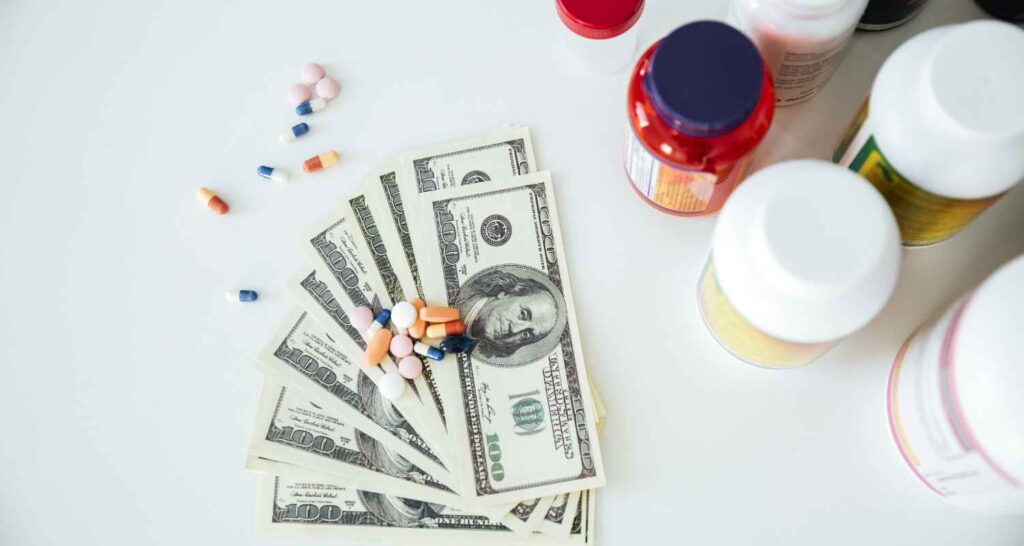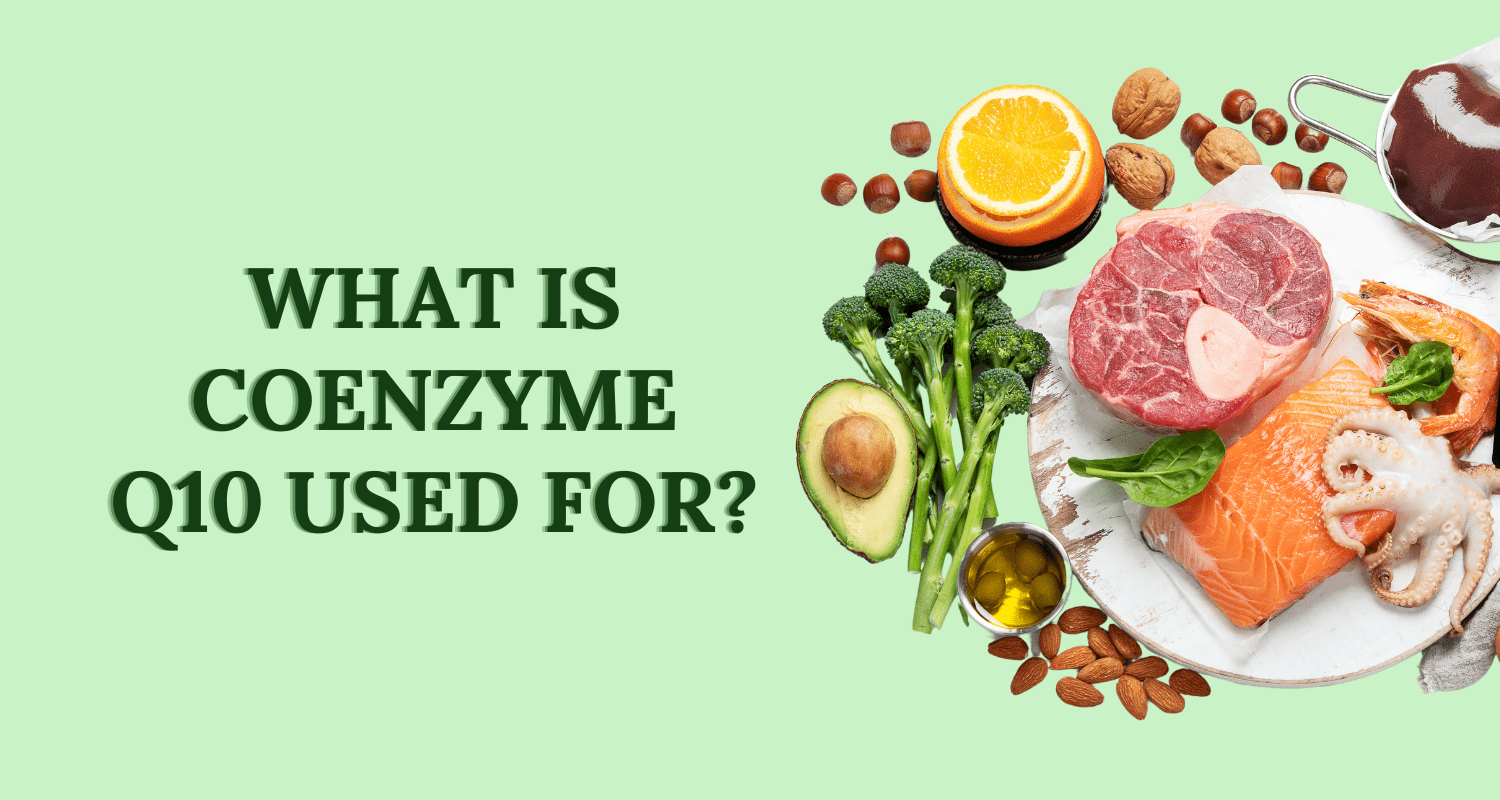Did you know that the cost of prescription drugs in the United States has been rising at an alarming rate?
Pharmaceutical price increases have outpaced inflation, making medication affordability a growing concern for many individuals and healthcare systems.
In this comprehensive guide, we will take a closer look at the factors behind the rising cost of prescription drugs and the impact it has on healthcare budgets. We will also explore the medication affordability crisis and provide practical strategies for individuals and policymakers to address this pressing issue.
Let’s explore the factors behind the rising cost of prescription drugs.
Key Takeaways:
- The cost of prescription drugs in the United States is rising rapidly, surpassing the rate of inflation.
- Pharmaceutical price increases contribute to the medication affordability crisis.
- Understanding the factors driving rising drug costs is essential in finding effective solutions.
- Insurance coverage and healthcare policies play a significant role in determining the out-of-pocket costs for patients.
- Generic drugs offer a more affordable alternative to expensive prescription medications.
Understanding the Factors Behind Rising Drug Costs
The rising cost of prescription drugs has become a growing concern, as expensive medications pose financial challenges for patients and strain healthcare budgets. To comprehend the reasons behind this surge in drug prices, it is essential to delve into the specific factors driving this trend.
The Role of Pharmaceutical Companies
Pharmaceutical companies play a significant role in determining the cost of prescription medications. Their pricing strategies, influenced by market demand and economic factors, have contributed to the rising drug costs. These companies have the autonomy to set the prices for their products, leading to substantial pharmaceutical price increases.
Impact of Research and Development Expenses
Research and development (R&D) expenses have a direct impact on drug prices. The process of developing new drugs involves extensive research, clinical trials, and regulatory approvals, which are accompanied by substantial costs. These expenses are often passed on to consumers, leading to expensive prescription medications.
Factors Contributing to Rising Drug Costs
- Increasing costs associated with clinical trials and research.
- Patent protection of brand-name drugs, preventing generic competition.
- Complexity and length of the drug development process.
- Incentives for pharmaceutical companies to recoup research and development investments.
- Higher marketing and advertising expenditures.
The interplay between pharmaceutical pricing strategies and research and development costs creates a challenging environment for patients and healthcare systems, as they grapple with the burden of expensive prescription medications and escalating drug prices.
The Effect of Insurance and Healthcare Policies
In today’s healthcare landscape, one of the primary factors contributing to the escalating pharmaceutical expenses and the high cost of prescription drugs is the influence of insurance coverage and healthcare policies. These policies have a significant impact on the affordability of medications, often exacerbating the medication affordability crisis.
One aspect closely tied to medication affordability is the concept of copays, which are the fixed amounts that patients are required to pay at the time of prescription fulfillment.
Copays can vary widely depending on the insurance plan and specific medication, leading to significant discrepancies in out-of-pocket costs for patients. Consequently, patients may find it increasingly difficult to afford necessary medications, particularly if they require multiple prescriptions or have chronic conditions that necessitate ongoing treatment.
Another factor shaped by insurance coverage is the role of deductibles. Deductibles refer to the annual amount that patients need to pay out of pocket for healthcare services before their insurance starts covering a portion of the costs.
Rising deductibles have the potential to significantly impact a patient’s ability to afford prescription drugs, particularly at the beginning of the year when deductibles reset. This financial burden further compounds the medication affordability crisis, as patients may be forced to forgo necessary medications due to the high costs.
In addition, formularies, which are lists of medications covered by insurance plans, play a crucial role in determining the out-of-pocket costs for prescription drugs. Insurance companies often categorize medications into different tiers, with different copay amounts assigned to each tier.
As a result, patients may face higher costs for certain medications or be compelled to switch to alternative treatments that are not as effective for their condition. This dynamic can negatively impact patient outcomes and exacerbate the affordability crisis.
- The high cost of RX drugs
- Escalating pharmaceutical expenses
- Medication affordability crisis
Insurance coverage and healthcare policies play a crucial role in determining the out-of-pocket costs for prescription drugs, ultimately affecting medication affordability.
Both patients and policymakers must recognize the significance of these factors in addressing the growing challenges associated with the high cost of prescription drugs.
By implementing measures to reduce copays, lower deductibles, and ensure comprehensive coverage of necessary medications, we can begin to alleviate the financial burdens on patients and work towards a more accessible healthcare system.
The Role of Generic Drugs in Medication Affordability
In the face of the medication affordability crisis caused by the rising cost of prescription drugs and drug pricing inflation, generic drugs play a vital role in providing more accessible and affordable healthcare options.
Generic alternatives offer significant benefits and have the potential to alleviate the financial burden on individuals and healthcare systems.
One of the key advantages of generic drugs is their lower cost compared to brand-name medications. As the patents for brand-name drugs expire, generic versions become available, offering the same active ingredients and therapeutic effects at a fraction of the price. This enables patients to obtain essential medications without incurring the high expenses associated with expensive prescription medications.
Generic drugs can help address the escalating pharmaceutical expenses, ensuring that individuals can afford necessary treatments for chronic conditions, acute illnesses, and overall healthcare management.
An additional benefit of generic drugs is their contribution to healthy market competition. When multiple manufacturers produce generic versions of a drug, it increases competition in the market, driving prices down further. This competitive environment helps prevent monopolistic pricing practices and promotes market accessibility.
The Benefits of Generic Drugs:
- Cost Savings: Generic drugs are typically priced significantly lower than brand-name medications, offering substantial cost savings for individuals, healthcare providers, and insurance companies.
- Equal Efficacy: Generic drugs must meet the same stringent FDA regulations for safety, quality, and effectiveness as brand-name medications, ensuring that their therapeutic effects are equivalent.
- Inclusive Access: Generic drugs increase access to essential medications for wider populations, especially for those who face financial constraints or lack comprehensive insurance coverage.
- Supporting Health Equity: The availability of affordable generic drugs helps reduce disparities in healthcare access and promotes equitable treatment options for individuals from diverse socioeconomic backgrounds.
It is important to note that despite the advantages of generic drugs, there are instances where brand-name medications may be necessary due to specific patient needs or unique formulations.
However, in many cases, healthcare providers and individuals can explore the option of generic drugs as a cost-effective alternative without compromising the quality or efficacy of the treatment.
By leveraging the benefits of generic drugs and incorporating them into healthcare policies and practices, healthcare systems can take a significant step towards mitigating the medication affordability crisis, reducing the burden on patients, and improving overall healthcare outcomes.
Strategies for Tackling Medication Affordability
With the rising cost of prescription drugs contributing to the medication affordability crisis, it has become crucial for individuals and healthcare providers to find ways to cope with these escalating expenses.
Here are some practical strategies and tips that can help:
- Utilize Prescription Assistance Programs: Take advantage of prescription assistance programs offered by pharmaceutical companies and nonprofit organizations. These programs provide eligible individuals with access to discounted or free medications.
- Explore Drug Discount Cards: Consider using drug discount cards, which can help reduce the out-of-pocket costs of prescription medications. These cards provide discounts on both brand-name and generic drugs at participating pharmacies.
- Consider Therapeutic Alternatives: Discuss with your healthcare provider the possibility of switching to lower-cost therapeutic alternatives that offer similar efficacy. Generic medications and therapeutically equivalent options can help mitigate the financial burden.
- Compare Prices and Shop Around: Before purchasing prescription medications, compare prices at different pharmacies. Online tools and websites can help you find the best prices or discounts available.
- Discuss with Your Healthcare Provider: Engage in open conversations with your healthcare provider about the cost of prescription drugs. They may be able to recommend alternative medications or suggest cost-saving measures.
- Consider Mail-Order Pharmacies: Some mail-order pharmacies offer lower prices for prescription medications, especially for long-term maintenance medications. Explore this option to potentially save money.
- Stay Informed about Prescription Assistance Programs: Regularly check for updates on new prescription assistance programs or drug discount programs that can help you access your medications at a more affordable cost.
- Advocate for Policy Changes: Get involved in advocacy efforts to address the medication affordability crisis. Support initiatives that aim to lower drug prices and improve access to affordable medications for all individuals.
By implementing these strategies and exploring available options, individuals and healthcare providers can navigate the prescription drug price surge and work towards ensuring medication affordability for everyone.
Advocacy and Policy Solutions
In addressing the ongoing medication affordability crisis, advocacy and policy initiatives play a crucial role. By implementing strategic measures, both at the government level and through public awareness, we can begin to combat drug pricing inflation and the surge in prescription drug prices.
Potential Solutions at the Government Level
- Implementing price regulation: Governments can explore the possibility of setting price controls and regulations to prevent excessive price hikes on prescription medications. This can help curb the inflation of drug pricing and ensure more affordable access for patients.
- Encouraging generic competition: Governments can incentivize the production and availability of generic medications, which are often significantly more affordable than their brand-name counterparts. By promoting competition in the pharmaceutical industry, prices can be driven down, benefiting patients.
- Enhancing transparency: Governments can pass legislation that requires pharmaceutical companies to disclose information regarding their research and development costs, manufacturing expenses, and pricing strategies. Increased transparency can empower patients, healthcare providers, and policymakers to make informed decisions and advocate for fairer pricing practices.
The Importance of Public Awareness
While government initiatives are essential, public awareness and engagement are equally vital in tackling the issue of expensive prescription medications. By educating the public about the medication affordability crisis and its impact on individuals and the healthcare system, we can foster a culture of advocacy and drive positive change.
- Raising awareness: Public awareness campaigns can highlight the realities of drug pricing inflation and the consequences of the prescription drug price surge. Through targeted communication efforts, we aim to inform and educate individuals about their rights and available resources.
- Empowering patients: Enhancing patient education on prescription drug costs, insurance coverage, and alternative options can empower individuals to make informed decisions about their healthcare. This can include educating patients about prescription assistance programs, drug discount cards, and therapeutic alternatives.
- Supporting patient advocacy groups: Patient advocacy organizations play a pivotal role in amplifying the voices of those affected by the medication affordability crisis. By supporting these groups, we can collectively advocate for policy changes, increased access to affordable medications, and improved healthcare affordability.
Conclusion
In conclusion, the rising cost of prescription drugs poses a significant challenge to healthcare budgets. With prices increasing due to various factors such as pharmaceutical pricing strategies and research and development expenses, it has resulted in a medication affordability crisis.
However, there are strategies that individuals and policymakers can employ to address this issue and create a more accessible and affordable healthcare system. Exploring options like generic drugs, prescription assistance programs, and drug discount cards can help mitigate the impact of rising drug costs.
Additionally, advocacy and policy initiatives play a crucial role in finding long-term solutions. By raising public awareness and implementing policies that promote transparency and fair pricing, we can work towards ensuring medication affordability for all.
FAQs
What is contributing to the rising cost of prescription drugs?
The rising cost of prescription drugs can be attributed to factors such as pharmaceutical price hikes, drug pricing inflation, and expensive medications drive up costs due to research expenses, patent protection, and pricing strategies.
How are healthcare budgets being impacted by the rising cost of prescription drugs?
The escalating pharmaceutical expenses strain healthcare budgets, creating a medication affordability crisis, leading to financial burdens for patients and limited access to treatments.
How do insurance and healthcare policies affect the cost of prescription drugs?
Insurance coverage terms like copays, deductibles, and formularies significantly impact drug affordability, with restrictive policies forcing individuals to bear more costs.
What role do generic drugs play in addressing the rising cost of prescription medications?
Generic drugs offer cost-effective alternatives to brand-name medications, significantly lowering healthcare expenses and mitigating the impact of rising drug costs.
What strategies can individuals and healthcare providers employ to tackle the increasing cost of prescription drugs?
Strategies like exploring prescription assistance programs, using drug discount cards, and considering therapeutic alternatives help make medications more affordable and accessible.
How can advocacy and policy initiatives address the medication affordability crisis?
Advocacy efforts and policy changes raise awareness and prompt pharmaceutical companies to reassess pricing strategies, contributing to long-term affordability improvements.
Disclaimer: This content, including advice, provides generic information only. It is not a substitute for a qualified medical opinion. Always consult a specialist or your doctor for more information. Nutrition Cult does not claim responsibility for this information.




